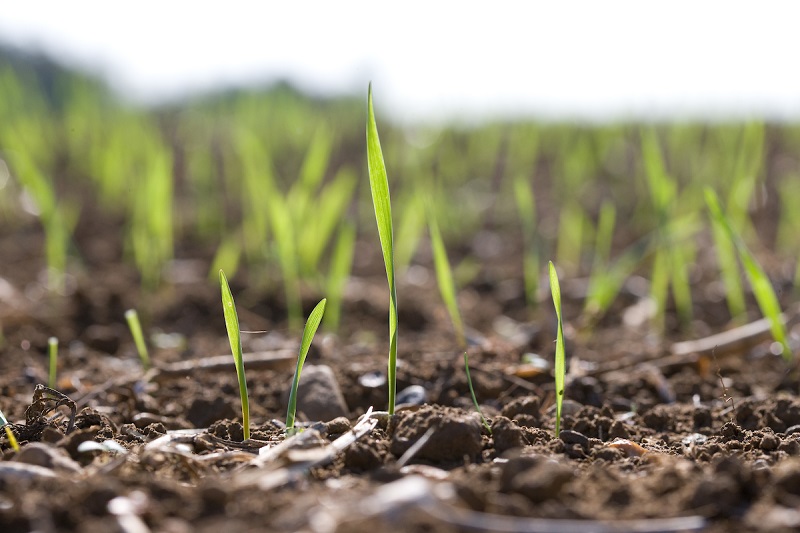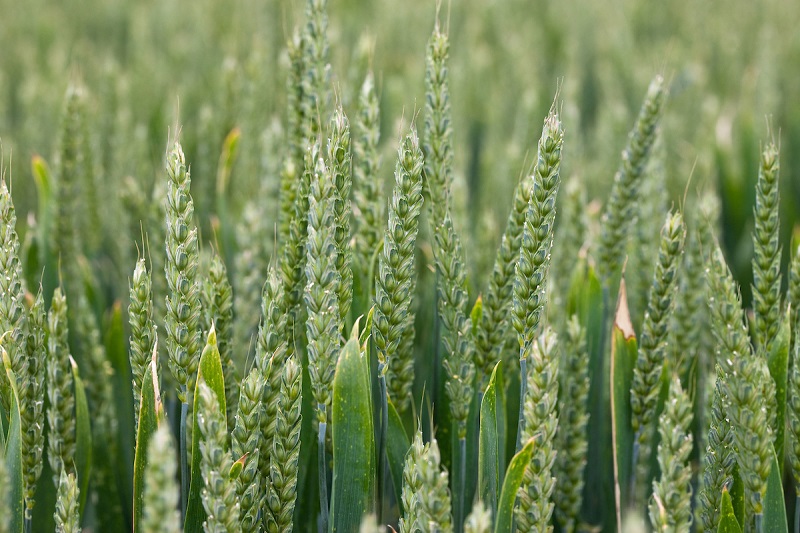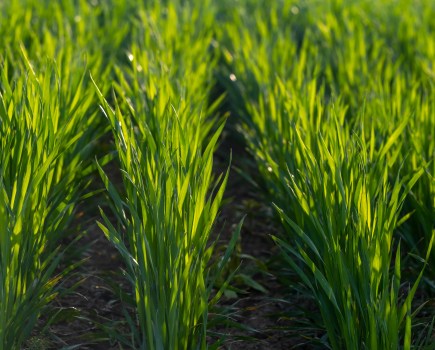
The recent dry period has enabled sprayers to roll out across the country, desperately trying to catch up with a rather hefty workload that’s faced many delays and challenges since the autumn.
Though some growers were lucky enough to catch the early autumn drilling window, the prolonged wet spell has prevented most from getting on top of weed control, meaning there’s likely to be an influx of broadleaf weed issues in winter cereals this spring.
But in an unusual season, what are the best options for growers looking to maximise weed control?
“All foliar-acting herbicides require active growth to be fully effective and, in a cold spring, it’s essential to maintain rates of use to ensure complete kill and avoid potential selection for resistance,” explains Daniel McDonald, agronomy manager at Nufarm. “This also applies to glyphosate products applied to stubbles and cover crops – higher rates equal greater activity and faster burn down of weeds.”
With the threat of allowing ALS-resistant weeds and volunteers to develop, it’s important to ensure that mixtures of herbicides, with different modes of action – such as phenoxies – are always used with ALS-based herbicides, he adds.
During the early spring period, some products are much more suited to the cooler conditions, and these should be optimised where possible, adds Daniel. “Paramount Max (florasulam + tribenuron) has been shown to be safe and effective, and is becoming the product of choice for sensitive crops such as oats, or where growers are struggling with problem weeds, such as groundsel.
“To reduce the risk of weed resistance, it should be mixed with a herbicide with a different mode of action such as fluroxypyr.”
For more of the latest information from Nufarm, as well as advice on tackling weed issues in spring cereals please visit: https://cdn.nufarm.com/wp-content/uploads/sites/9/sites/26/2020/02/26132509/Nufarm-Spring-Cereals-2020.pdf




